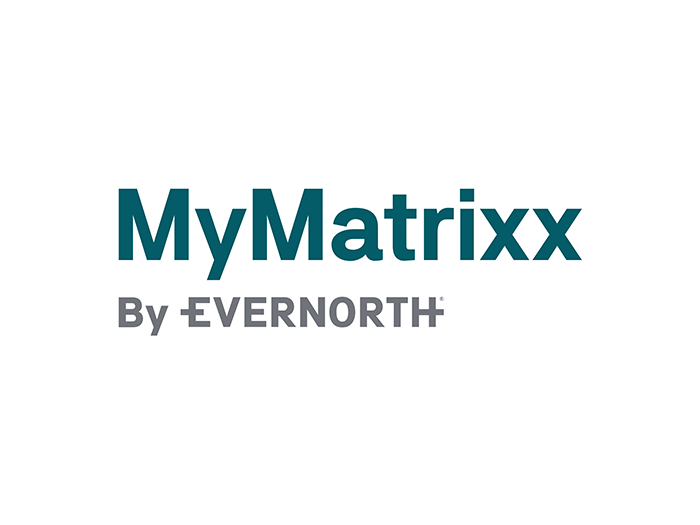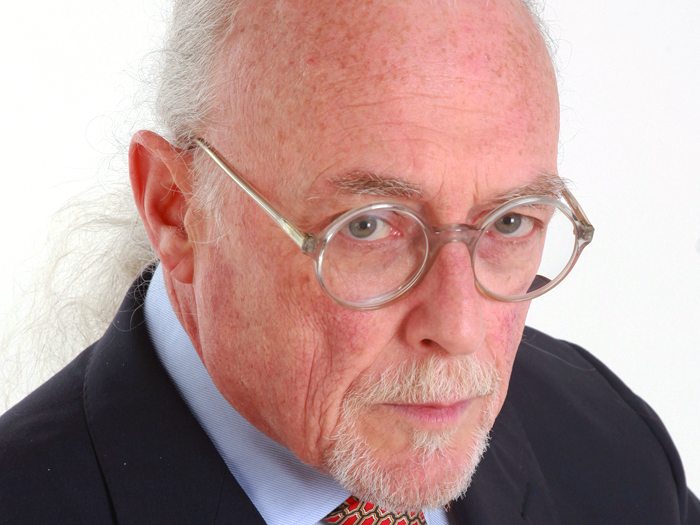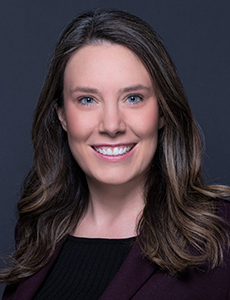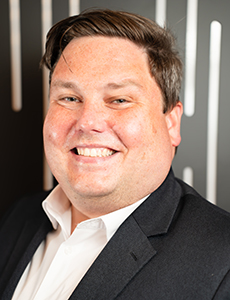This Underwriter Is Bringing Aviation Risk Management to New Heights
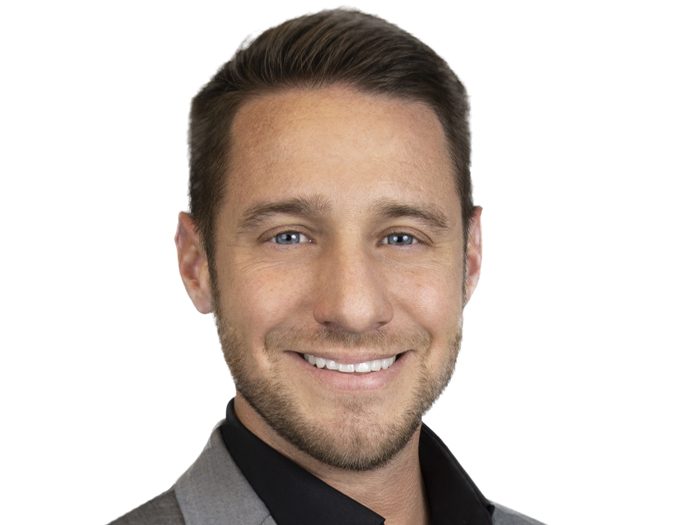
Armand Ferranti knows from personal experience that every decision a pilot makes is life or death.
Whether they are flying a single passenger aircraft or a 300-passenger jumbo jet, the pilot assumes the risk for everyone on board the plane once they step inside the cockpit. Every move is critical. It’s their show, and the stage is a risk-filled, endless sky.
“The topic of mitigating risk is ingrained in everything a pilot does,” said Ferranti, an AXA XL innovation partner.
Ferranti learned this crucial truth shortly after he began taking flying lessons in high school.
Aside from the thrill that comes with being a pilot, Ferranti was also interested in the “behind-the-scenes” aspect of aviation, such as mechanics. It was after becoming a general aviation underwriter that he realized he had found a career that was a perfect combination of the two.
“I was directly involved with attempting to understand unique risks and found that being a pilot and a mechanic allowed me to understand the bigger picture,” said Ferranti. “I started to see the connection when visiting clients and discussing their needs and exposures.”
It was the ideal balance of business, piloting and mechanics.
Now, after 13 years as a general aviation underwriter, Ferranti is taking his next step: “I recently joined a group called Accelerate as an innovation partner with AXA XL.”
The Accelerate team was created for the purpose of implementing innovative technology into business operations with the goal of eliminating the risk of human tendencies or bias in decision making.
“With the volume of funding making its way into the innovation space, new ideas and technology are going to push out traditional thinking.”
And if anyone knows the importance of thinking on the fly, it’s a former pilot.
Soaring into the Land of Startups
In his role with Accelerate, Ferranti and his team are responsible for working with different business units to capitalize on opportunities and solve problems by utilizing technology.
“By having access to startups with a broad range of features from AI to digital distribution, we are responsible for creating scalable solutions that can potentially be applied across the organization,” he said.
Because it holds the promise of excitement, Ferranti describes working in startup culture as “addicting” and finds it more rewarding than working in the corporate culture.
“Every day is something new,” Ferranti said.
“There are very few rules or structure to how things are created and made successful, and this work allows us to share that way of thinking with the traditional regiment of corporate culture. As one can imagine, it has its challenges, but that’s what makes it fun.”
Aside from the enjoyment he gets from his work, Ferranti has met countless individuals along the way who have only helped him grow his insight.
“[Insurance] introduced me to a number of individuals whose backgrounds were very different from mine and whose thought processes triggered a spark to change the way I think.”
His most notable and recent mentor was Paul Tuhy, AXA XL’s chief underwriting officer.
“Not only was he fully supportive of a personal business that I had started on the side, but he challenged me to think bigger and try new things,” said Ferranti of Tuhy’s guidance.
“In fact, his involvement in my life has accelerated my career in the past six months.”
Taking a Gamble
But an accelerated career in risk management like his can be a gamble in itself.
“There is a lot of ‘gray,’ ” said Ferranti. “Unlike other careers, taking a role where you are attempting to understand risk but could have ultimately ‘guessed’ wrong and had a loss is what makes it a challenge.”
Similarly to in his career as a pilot, Ferranti understands the intense challenge of the work he does. Despite the goal to deliver a safe end-result, aviation is a vulnerable area where one wrong move could result in unfathomable loss.
“You are asking questions that allow you to make a bet. Sometimes that bet doesn’t pay off, and in fact, the wrong bet can affect an organization for years. This is where the use of technology can remove some of the human factors like ‘bias’ and ‘tribal knowledge’ and potentially reduce the level of gray that currently exists in the evaluation process.”
The Future of Aviation Underwriting
Ferranti, like his peers, says the environment for aviation underwriters is changing too quickly to speculate beyond the near-term.
“It’s hard to say where the industry is going to be in 10 to 15 years, but I can assure you that it will be very different than it is today.
“Risk occurs in every aspect of life. It is always changing and will always be there. We are going through a revolution in how we attempt to understand it, and now is the perfect time to get involved,” said Ferranti.
Just as he did with aviation, he encourages young people to follow their passions into the industry. In a field that combines science, business and mass amounts of emerging technology with the right amount of security, the opportunities are vast and exciting.
“As technology evolves, new risks will be created, and countless career opportunities will develop. Considering risk all around us, there is likely a field that interests everyone.” &





